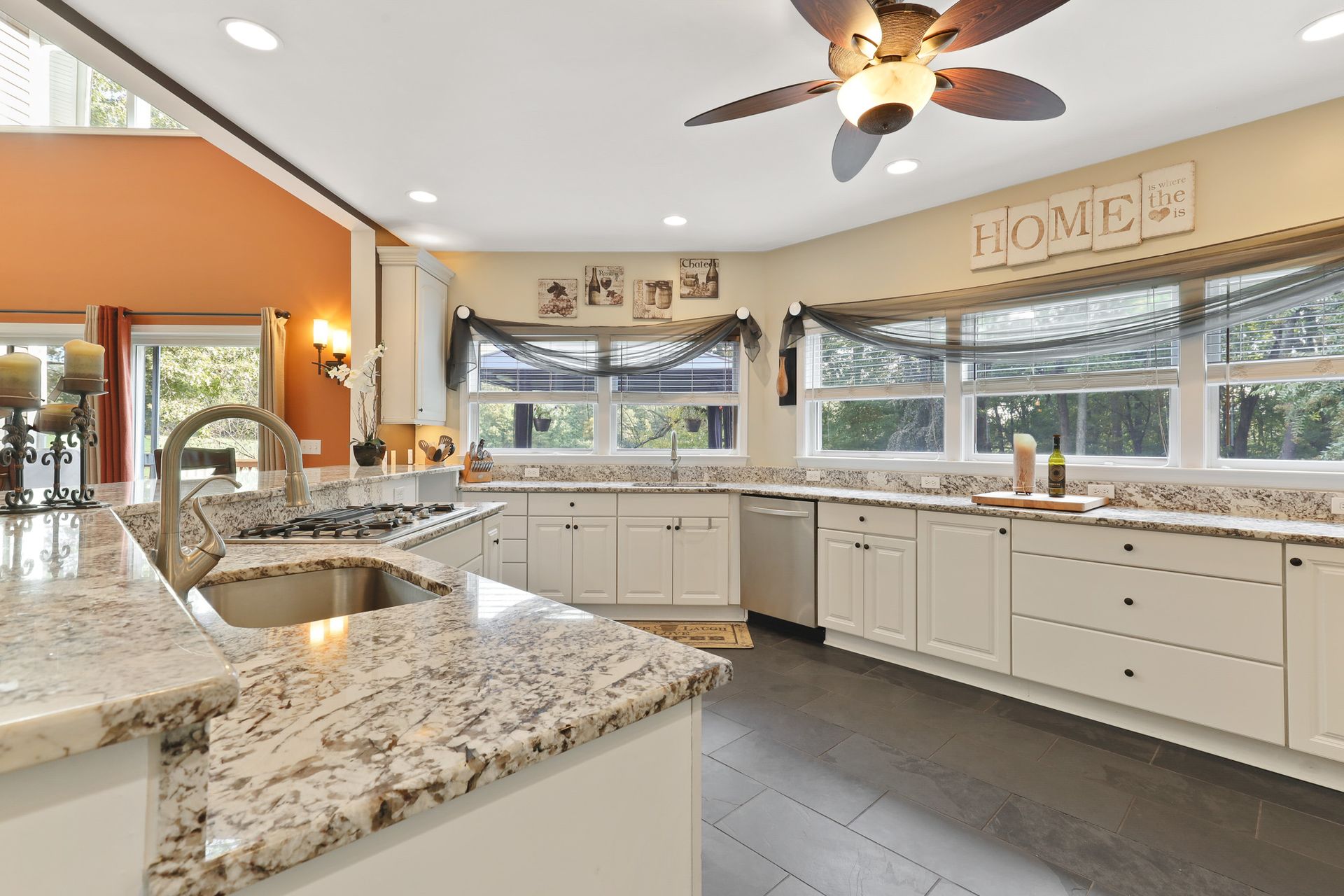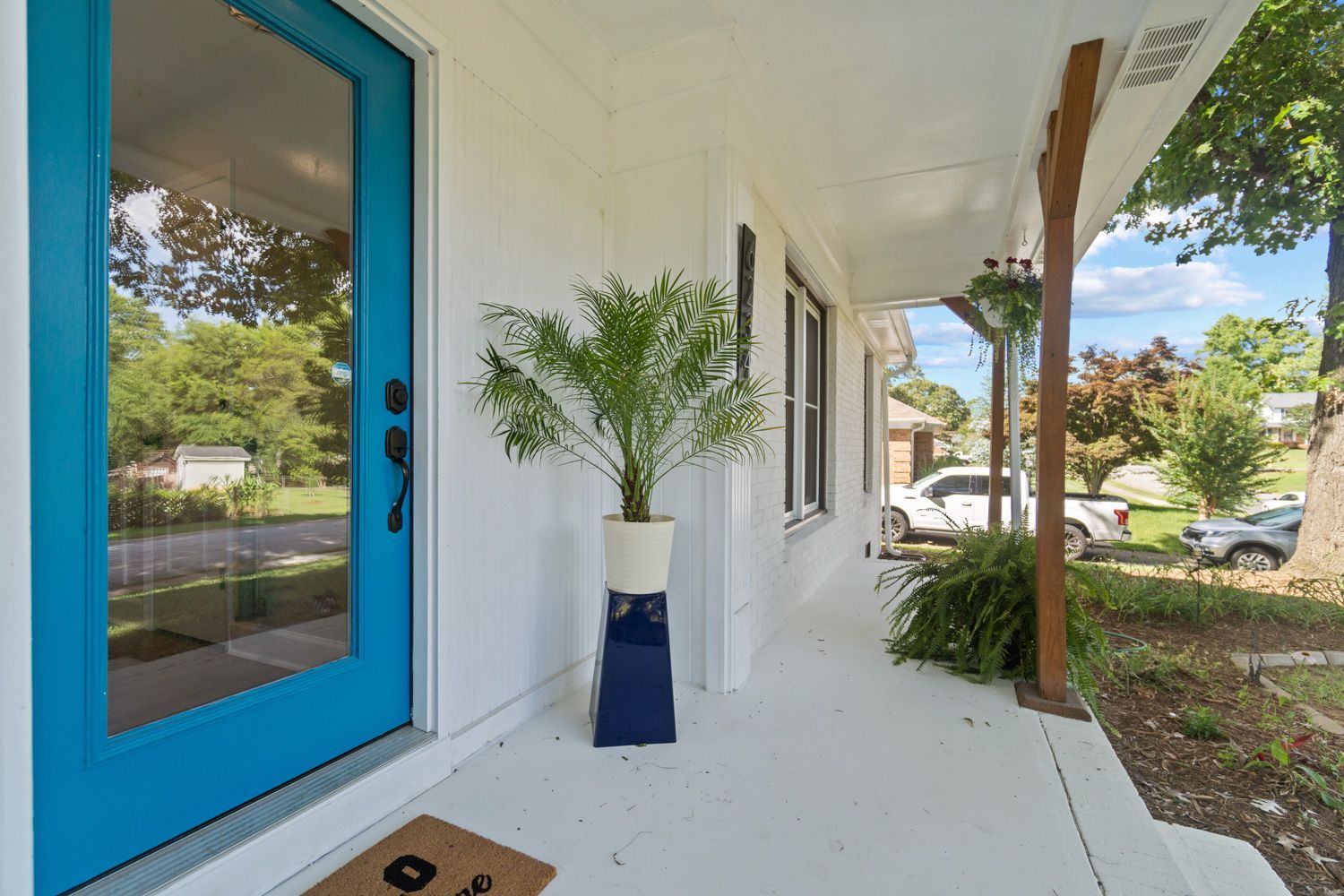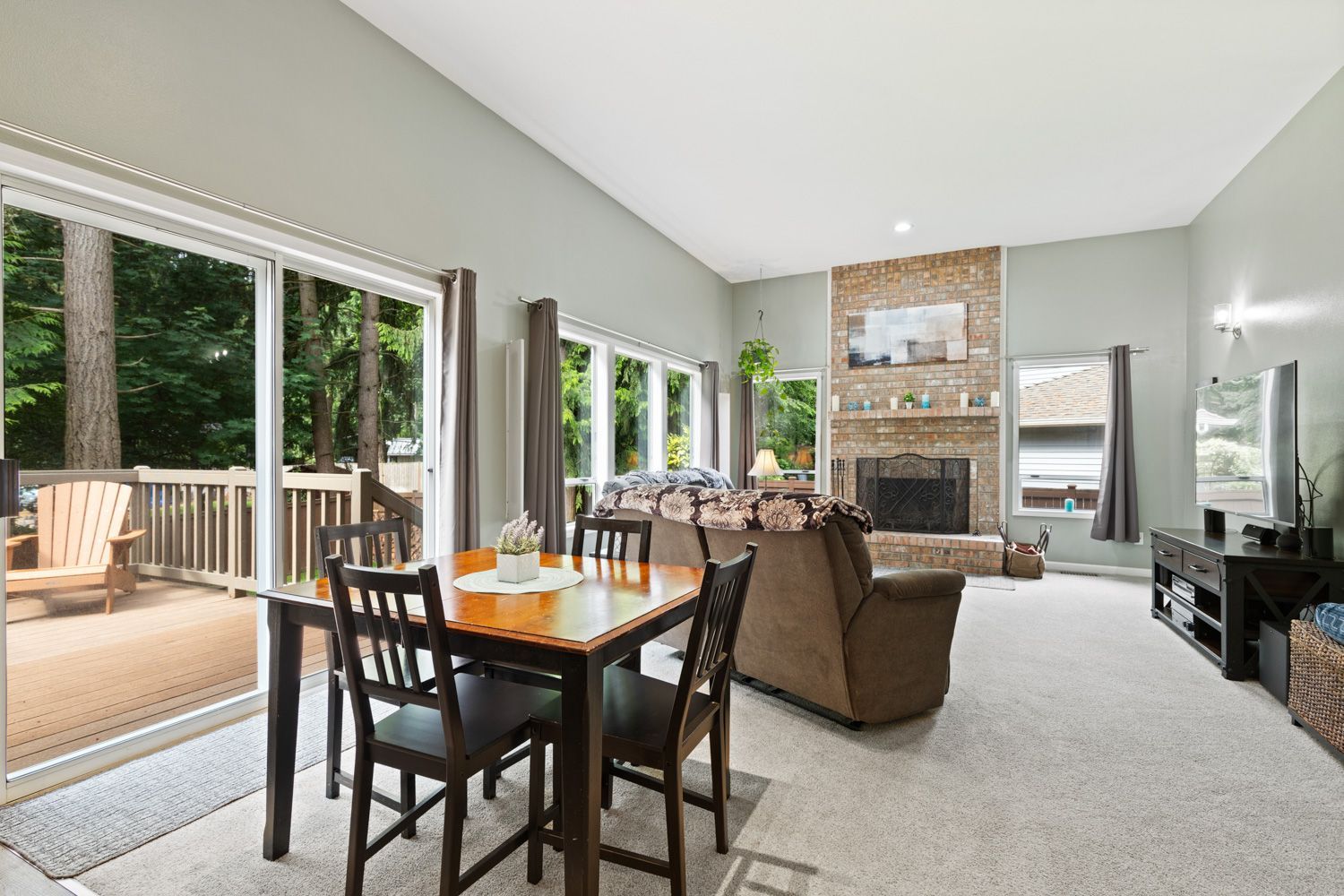Meet Victor Coll, a seasoned expert in the art of in-bound content marketing. With a proven track record in crafting winning content strategies, Victor excels in attracting and engaging audiences organically. His proficiency extends to optimizing content for maximum impact, resulting in increased brand visibility and audience retention. Victor's dedication to the art of in-bound content marketing has helped businesses achieve remarkable growth. Join him as he shares invaluable insights and strategies to empower your content marketing efforts and drive meaningful connections with your target audience.
Why “Mesh” Matters With Matterport
WHY PAY MORE?
Matterport is known for offering realistic immersive experiences by creating a “digital twin” of any physical space. You may be familiar with the realism of a Matterport showcase, but do you know how Matterport works? How they came to portray such realism, setting them apart early on from the competition? The answer is found in an innocuous little word: mesh.
Funny. High school geometry may or may not be a fond memory. It sure seems that, for many, the memory of math class conjures up all sorts of agonies. But geometry is precisely what Matterport turned to when they decided to create something entirely new a decade ago.
Back in 2011, the developers at Matterport recognized a need, a blind spot in the realm of
3D virtual tours. At the time, there was really no 3D tour platform that could allow a user to have a virtual experience that felt truly real. In their quest to create such a platform, Matterport designed a process that could knit together
photographic data with
dimensional data.
Up to that point, “virtual tours” consisted mainly of two-dimensional photographic panoramas morphed into one another. Matterport went beyond convention to capture 3D scans of a space with a special 3D camera. Then they processed the spatial data with their cloud-based artificial intelligence software. Matterport called the result of the processed spatial data a “textured mesh”, a dimensionally-accurate 3D map of the space. That map is represented by a set of polygons (uh-oh, here comes the math) onto which they could overlay colored textures.
Now, 3D visualization is nothing new. DaVinci drew three-dimensional images in his day. Digital 3D models were first created on computers in the 1960s. A 3D mesh (also known as a polygon mesh) is a more advanced form of 3D visualization on a computer that is built from a collection of polygon shapes (mostly triangles) connected along their edges and vertices that form a realistic shape of an image in three dimensions.
Matterport built their platform to utilize this form of 3D imaging to capture the walls, floor, ceiling, and objects in a room for their showcases. But they went a step further. With accurate 3D models assembled from the myriad polygonal shapes that made up their virtual spaces, they projected the 2D photographic images collected by the camera
onto
the textured mesh. So, not only was the visualization dimensionally accurate in 3D, it also had the appearance of realism brought about by the
2D photos overlaid on the model.
When combined, all of this spatial and photographic data is processed by Matterport’s online AI software to create exceptionally realistic and immersive experiences. What’s more, not only is each element of a space represented with lifelike quality, even the transitions between each location are realistic, something not possible with earlier technologies.
But the “mesh” of Matterport gave them the ability to offer even more. Their unique
Dollhouse view, which lends an overall, panned-out perspective of a complete space in 3D, was made possible with the technology. Without the textured mesh that replicates everything in a space, Dollhouse view would not be possible. Neither would their Floor Plan view. And because the mesh is dimensionally accurate, visitors to a
virtual tour are able to take accurate measurements of walls, doorways, countertops, or anything else in the space.
Some features have been available with Matterport for a while. Others, such as virtual reality and
virtual staging are more recent developments. But Matterport gives users something else to consider: as their platform continues to evolve, any data collected during earlier iterations is relevant today and into the future as they add new features.
The more Matterport advances, the more data it can use to build increasingly realistic showcases. Therefore, it is important to capture as much data as possible. Dollhouse, Floor Plan,
VR mode, virtual staging, and the virtual walkthrough itself all benefit from thorough scanning to ensure an accurate representation.
Maybe math was your favorite subject. Maybe not. Either way, the truth is that all of the details and the data happen behind the scenes. What is important when considering a Matterport Showcase is not what happens with the data, but that the more data that is collected, the more complete the digital model will be. Every space in a home should be scanned from
at least two locations, from the largest great room to the smallest closet. After all, the time spent
preparing a kitchen for presentation should not go to waste simply because a corner of the countertop was not scanned and appears to be missing in the virtual model. The more data the better. Matterport suggests that there is no such thing as overscanning or “too much” data. A scan that is unwanted can simply be turned off when the tour is being assembled.
The “mesh” is important with Matterport, but you don’t need to worry about the math.
















